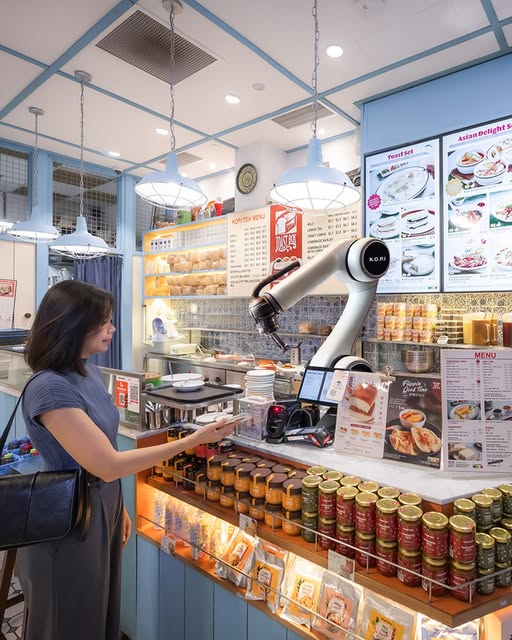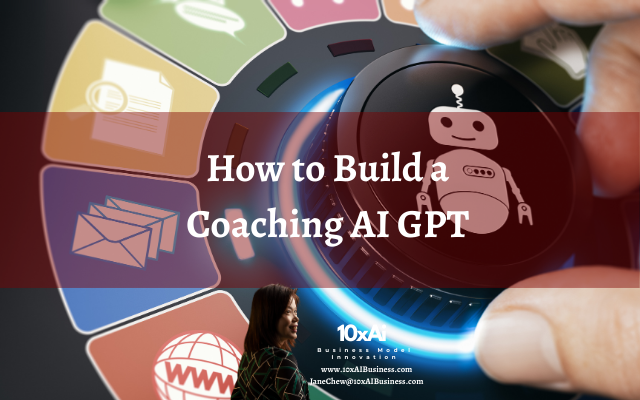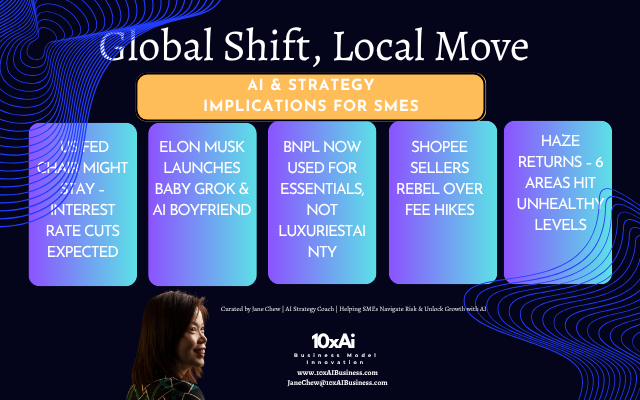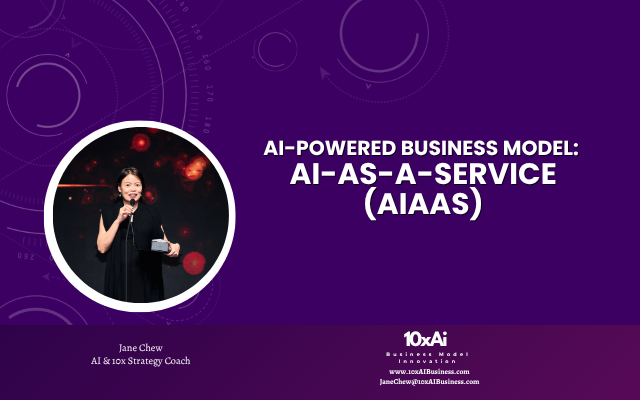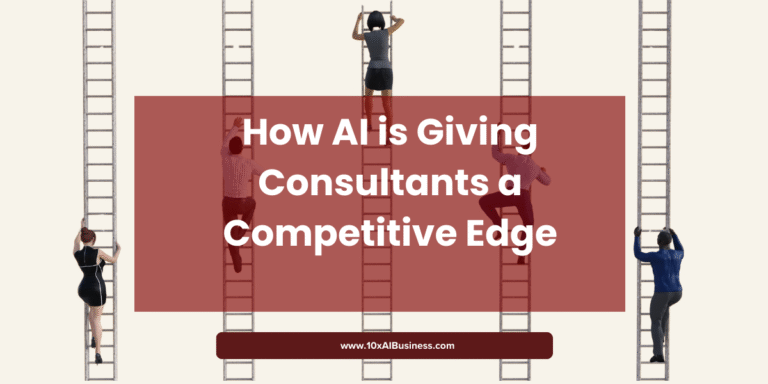Toast Box’s recent move to introduce a robot to make coffee has sparked significant customer feedback. While AI and automation offer efficiency and scalability, customer sentiment suggests that such implementations may not always align with brand expectations. Recognizing this, Toast Box has responded by inviting customers back to enjoy their signature hand-pulled coffee, reaffirming their commitment to tradition. This raises an important question: How should corporations navigate AI implementation to ensure it is both innovative and accepted by consumers?
Understanding the AI-Consumer Gap
One of the key challenges with AI adoption in customer-facing businesses is balancing operational efficiency with customer experience. While AI-driven automation can streamline processes, reduce costs, and increase consistency, customers often value human interaction, especially in businesses that have traditionally been built on personal service and craftsmanship. In the case of Toast Box, where the nostalgic and artisanal touch of kopi brewing is part of the brand identity, the introduction of a coffee-making robot may have initially felt unfamiliar to loyal customers.
What Should Corporations Consider When Implementing AI?
- Align AI Strategy with Brand Identity
AI should enhance, not replace, the elements that make a brand unique. If personal service and tradition are core to the business, AI should be implemented in a way that complements these values rather than diminishing them. For instance, AI could assist in the backend—such as optimizing supply chain logistics or improving order efficiency—while still allowing baristas to maintain a human touch with customers. - Customer-Centric AI Adoption
Before rolling out AI solutions, companies must conduct in-depth market research to understand customer preferences. A pilot phase with customer feedback loops can help gauge acceptance levels before full-scale implementation. AI should solve real pain points rather than introduce new friction into the customer experience. - Enhance, Not Replace Human Touch
A hybrid approach where AI supports human employees rather than replacing them outright is often more effective. For example, AI could assist baristas by ensuring precise measurements while leaving the final preparation and interaction to humans. This preserves the artisanal experience while improving efficiency. - Transparent Communication and Change Management
Customers and employees need to understand why AI is being introduced. Companies must clearly communicate the benefits, whether it’s about improving quality, reducing wait times, or enhancing customer service. Transparent messaging can help customers see AI as an enabler rather than a disruptor. - Personalization Through AI
AI should be leveraged to enhance personalization rather than replace the warmth of human service. AI-driven recommendations based on past orders, loyalty program integrations, or AI-assisted but human-led service models can create a more seamless and engaging customer journey.
The Future of AI in Service Industries
AI is an inevitable part of the future, but its implementation must be thoughtful and strategic. Companies should ask themselves: Does this AI innovation truly add value, or is it simply a novelty? Successful AI integration requires a balance between efficiency and emotional connection, ensuring that technological advancements do not come at the cost of customer loyalty.
For brands like Toast Box, the key takeaway is that AI should complement, not override, the essence of the brand. Their recent move to welcome customers back for hand-pulled coffee demonstrates a valuable lesson: while innovation is crucial, listening to customers and maintaining brand authenticity is equally important. The future belongs to companies that can harness AI while keeping the human spirit alive in their customer interactions.
AI 时代的挑战:企业在实施 AI 之前必须考虑的因素
Toast Box 最近引入机器人制作咖啡的举措引发了大量客户反馈。虽然 AI 和自动化可以提高效率和规模化运营,但客户的反应表明,这样的实施方式未必符合品牌的核心价值。意识到这一点后,Toast Box 已邀请顾客回到门店,重新体验其标志性的手工拉茶咖啡,彰显其对传统的承诺。这一事件引发了一个重要的问题:企业在实施 AI 时,如何确保创新与消费者的接受度相匹配?
理解 AI 与消费者体验的差距
在面向消费者的业务中,AI 采用的关键挑战之一是如何在运营效率与客户体验之间取得平衡。虽然 AI 可以优化流程、降低成本并提高一致性,但客户往往更看重人与人之间的互动,特别是对于那些以手工服务和工艺精神著称的品牌而言。例如,Toast Box 的品牌形象深植于怀旧和匠心冲泡的体验,引入机器人制作咖啡,可能会让忠实顾客感到不适应。
企业在实施 AI 时应考虑哪些因素?
- 确保 AI 战略与品牌定位一致
AI 应该是品牌价值的延伸,而不是颠覆。若品牌的核心价值在于手工制作和温暖的人际互动,那么 AI 应该用来辅助这些特色,而非取而代之。例如,AI 可用于优化供应链、提升点单效率,而让咖啡师继续保持与顾客的直接互动。 - 以客户为中心进行 AI 采用
在全面推广 AI 解决方案之前,企业应深入进行市场调研,了解客户的接受度。通过试点阶段收集反馈,能够帮助企业在大规模部署前调整方向。AI 采用的核心目的应是解决客户的真实痛点,而不是制造新的摩擦点。 - 增强而非取代人与人之间的互动
采用 AI 的最佳方式是将其作为人类员工的辅助工具,而非完全取代。例如,AI 可以确保精准的咖啡配方,但最终的冲泡和顾客交流仍由咖啡师完成。这种方式既能提高效率,又能保留手工制作的体验。 - 透明沟通,管理变革
企业需要向客户和员工清晰传达 AI 引入的原因和益处。不论是提升品质、缩短等待时间,还是增强客户体验,透明的沟通可以帮助消费者理解 AI 的真正价值,而不是将其视为破坏传统体验的因素。 - 利用 AI 提供个性化服务
AI 应该被用来增强个性化体验,而不是取代人与人之间的温暖互动。例如,基于顾客过往订单的 AI 推荐系统、会员积分整合,或者 AI 辅助但仍由人工主导的服务模式,都可以创造更加流畅和贴心的顾客体验。
服务行业的 AI 未来
AI 是未来商业不可避免的一部分,但它的实施方式必须经过深思熟虑。企业应自问:这一 AI 创新是否真正创造了价值,还是仅仅是技术噱头?成功的 AI 整合需要在效率与情感连接之间找到平衡,确保技术进步不会以牺牲客户忠诚度为代价。
对于像 Toast Box 这样的品牌,最大的启示是:AI 应当是品牌的补充,而非削弱品牌核心价值。他们最近重新邀请顾客体验手工拉茶咖啡的举措,证明了一个重要的商业原则:创新固然重要,但倾听顾客声音、保持品牌真实性同样不可或缺。未来属于那些能够利用 AI 技术,同时保持人与人之间温度的企业。

